Hey there, adventure seekers! Alex Carter here, your passionate guide to the unparalleled beauty of Bryce Canyon National Park. Ever since I was a kid, I’ve been entranced by the majesty of the hoodoos – those fantastical, spire-like rock formations that paint the landscape in a kaleidoscope of colors. However, we have an important thing to talk about and that is conservation in Bryce Canyon. The first time I witnessed the amphitheater at sunrise, a symphony of light and shadow played out before my eyes, leaving me speechless. It’s a place that ignites a sense of wonder in everyone who visits.
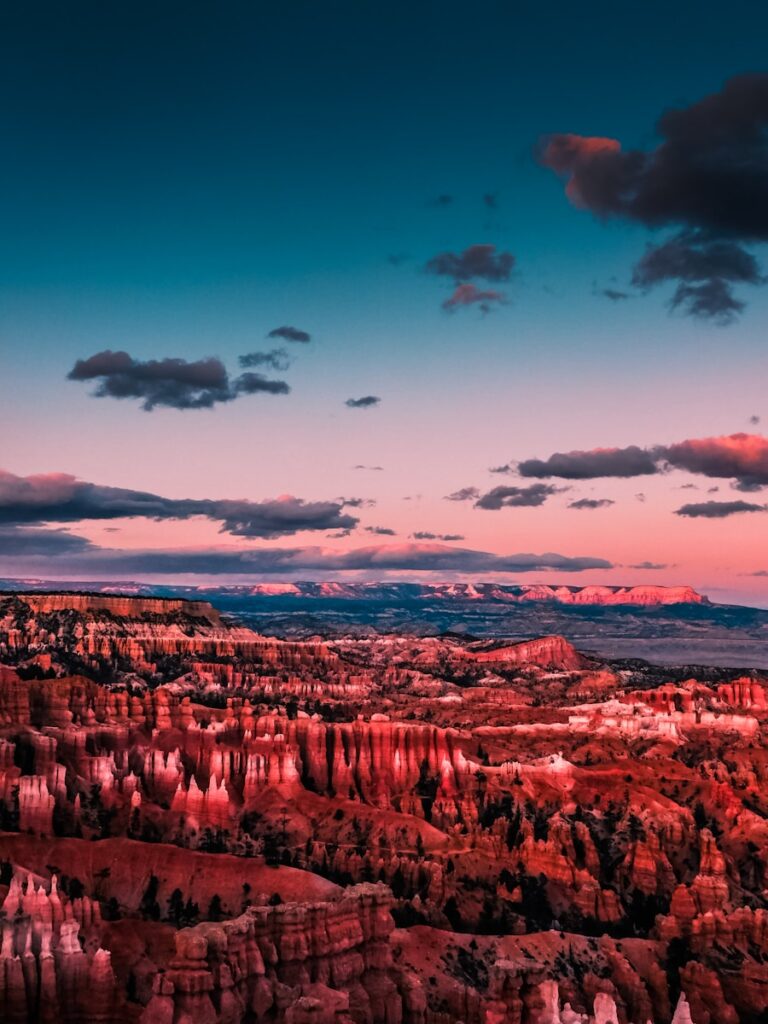
But Bryce Canyon’s magic goes far deeper than the breathtaking vistas. This park is a thriving ecosystem teeming with life. Look closely, and you might spot a sure-footed mule deer navigating a narrow ridge, or hear the haunting cry of a California condor, one of the largest flying birds in North America, with a wingspan that can reach up to an incredible 9.5 feet! Here, among the hoodoos and colorful cliffs, exists a delicate balance of plants and animals, all playing a vital role in the park’s biodiversity.
Conservation in Bryce Canyon National Park is about protecting more than just rocks and dirt; it’s about safeguarding this vibrant tapestry of life. It’s about ensuring the survival of endangered species like the Abert’s squirrel, a charismatic critter with a bushy black tail, who depends on healthy ponderosa pine forests for survival. Habitat restoration in Bryce Canyon efforts are underway to ensure these essential ecosystems continue to thrive.
Bryce Canyon boasts over 800 species of plants, a testament to the park’s unique environment. Imagine vibrant wildflowers carpeting the meadows in spring, contrasting with the deep greens of the juniper and ponderosa pine forests. Protecting this biodiversity is crucial for maintaining a healthy ecosystem – plants provide food and shelter for wildlife, and healthy wildlife populations help control insect and rodent activity. Conservation efforts in Bryce Canyon National Park focus on preserving these habitats and the vital role they play in the park’s balance.
However, this isn’t a pristine wilderness untouched by human influence. With increasing visitor numbers comes a set of challenges. Human-wildlife conflict can arise when interactions aren’t managed responsibly. For instance, approaching wildlife too closely can disrupt their natural behavior, and food scraps left behind can attract animals to unsafe areas. Conservation in Bryce Canyon becomes about finding a sustainable way for visitors to explore the park while minimizing their impact. The concept of wildlife corridors – designated pathways that allow safe animal movement across the landscape – is crucial in mitigating human-wildlife conflict.
So, as we embark on this exploration of conservation in Bryce Canyon National Park, we’ll delve into the fascinating world of its wildlife and the ongoing efforts to protect their habitats. We’ll discuss how you, the responsible visitor, can become an ambassador for conservation by following Leave No Trace principles. We’ll also confront the very real threats posed by climate change and how the park service is taking action to mitigate its impact.
Ready to lace up your hiking boots (metaphorical or real) and join me on this journey? Let’s explore the delicate dance between human exploration and environmental preservation in Bryce Canyon National Park. Together, we can discover how we can all play a role in safeguarding this irreplaceable wonder for future generations.
Habitat and Wildlife Protection: A Delicate Dance in Bryce Canyon National Park
Remember that first time you spotted a mule deer silhouetted against the vibrant colors of the Bryce Canyon amphitheater? These majestic creatures, along with a whole host of fascinating wildlife, call this park home. But as with any ecosystem, maintaining a healthy balance is crucial. Conservation in Bryce Canyon National Park hinges on protecting these diverse species and their habitats.
Let’s delve deeper into the amazing world of Bryce Canyon’s wildlife! Over 180 species of birds soar through the canyons, from the bright blue flash of a western bluebird to the acrobatic antics of the canyon wren. Keep your eyes peeled for the park’s namesake, the Clark’s nutcracker, a vital player in dispersing seeds of pinyon pines, helping to regenerate forests. But birds aren’t the only feathered residents. The park is also home to several raptor species, including the awe-inspiring golden eagle, with its wingspan reaching up to an incredible 7 feet!
Conservation in Bryce Canyon goes beyond simply admiring these creatures. The park faces challenges in protecting endangered species like the Utah prairie dog, a social critter essential for maintaining healthy grasslands. Habitat restoration efforts are underway to create more suitable living spaces for these prairie dogs, ensuring their continued survival. Another success story is the California condor, one of the largest flying birds in North America. Once on the brink of extinction, thanks to a dedicated reintroduction program, these majestic birds can now be spotted soaring majestically above the hoodoos.
Biodiversity conservation is a cornerstone of conservation in Bryce Canyon National Park. A diverse range of plants and animals creates a healthy, balanced ecosystem. Imagine a world without the pollinating services of insects or the seed dispersal provided by animals – the entire ecosystem would suffer. That’s why protecting various habitats, from the lush meadows to the dry ponderosa pine forests, is vital. Habitat restoration in Bryce Canyon focuses on areas disturbed by human activity or natural disasters, ensuring a healthy environment for all park residents.
However, with increasing visitor numbers comes the potential for human-wildlife conflict. Leaving food scraps behind can attract animals to areas where they may be at risk, and approaching wildlife too closely can disrupt their natural behavior. Conservation in Bryce Canyon requires a delicate dance – allowing visitors to experience the park’s wonders while minimizing our impact on wildlife. Following Leave No Trace principles is key. Pack out all your trash, maintain a safe distance from animals, and stick to designated trails. These small actions can make a big difference.
One innovative solution to mitigating human-wildlife conflict is the creation of wildlife corridors. These designated pathways allow safe animal movement across the landscape, connecting fragmented habitats and reducing potential conflicts with human activity. By supporting these initiatives, we can ensure that wildlife populations continue to thrive within Bryce Canyon National Park.
As we continue exploring conservation in Bryce Canyon, remember, we all have a role to play. By being responsible visitors and respecting wildlife habitats, we can help safeguard this irreplaceable ecosystem for generations to come. Stay tuned as we delve deeper into the challenges and triumphs of conservation efforts in this awe-inspiring national park!
Facing the Challenge: Protecting Endangered Species in Bryce Canyon National Park
Bryce Canyon National Park isn’t just about the breathtaking hoodoos and sweeping vistas; it’s a haven for a diverse range of wildlife. But some of these fascinating creatures face an uncertain future. Conservation in Bryce Canyon National Park takes center stage when it comes to protecting these endangered species. Let’s explore some of the park’s most vulnerable residents and the ongoing efforts to ensure their survival.
One animal that tugs at the heartstrings is the Utah prairie dog. These social critters, with their reddish-brown fur and constant chatter, play a vital role in maintaining healthy grasslands. They graze on grasses and wildflowers, creating a mosaic of vegetation that benefits other species. Sadly, due to habitat loss and disease, the Utah prairie dog became endangered in the 1970s. However, there’s a glimmer of hope! Conservation in Bryce Canyon National Park has included the reintroduction of these playful creatures. Habitat restoration efforts focus on creating suitable living spaces for them, with burrows strategically placed to avoid human interaction. The success story continues – thanks to these efforts, the Utah prairie dog population within the park is thriving, offering a beacon of hope for the future of the species.
Soaring majestically above the hoodoos, with a wingspan reaching up to an incredible 9.5 feet, is the California condor. These scavengers once played a crucial role in healthy ecosystems throughout North America. Sadly, by the mid-20th century, hunting and DDT poisoning pushed them to the brink of extinction. Thankfully, a dedicated captive breeding and reintroduction program has brought them back from the edge. Spotting a California condor gracefully gliding on the wind currents above Bryce Canyon is a testament to the power of conservation.
Plants play a vital role in any ecosystem, and Bryce Canyon is no exception. Endangered species aren’t limited to animals. Conservation in Bryce Canyon National Park also focuses on protecting rare and threatened plant life. The Maguire daisy, a delicate wildflower with white petals and a bright yellow center, is one such example. Found only in a few isolated locations within the park, this beautiful flower faces threats from habitat loss and competition from invasive species. Park biologists are working hard to identify suitable habitat for reintroduction and develop strategies to control invasive plants.
The fight to protect endangered species in Bryce Canyon National Park is a continuous effort. Conservation goes beyond simply restoring habitats and reintroducing lost species. It’s about educating visitors on the importance of these creatures and the delicate balance of the ecosystem. By understanding the threats they face, we can become better stewards of this irreplaceable environment.
Remember, even small actions can make a big difference. Following Leave No Trace principles and staying on designated trails helps minimize human impact on sensitive habitats. Supporting park conservation initiatives, through volunteering or donations, directly contributes to the fight for endangered species.
As we continue exploring the world of conservation in Bryce Canyon National Park, we’ll delve into the challenges and triumphs associated with protecting these vulnerable creatures. Stay tuned to discover how you, the responsible visitor, can play a role in safeguarding the future of Bryce Canyon’s irreplaceable wildlife.
Check Out These Great Items From eBay!
Bridging the Gap: Wildlife Corridors in Bryce Canyon National Park
Imagine a majestic mule deer gracefully leaping across a canyon, or a coyote trotting along a hidden path. These creatures, and countless others, rely on safe passage through the landscape to find food, mates, and new habitats. But with increasing human development and roads fragmenting natural spaces, wildlife can become isolated and vulnerable. This is where wildlife corridors come into play, and they play a crucial role in conservation in Bryce Canyon National Park.
Think of wildlife corridors as green highways. These designated pathways are strips of protected land that allow animals to move safely between fragmented habitats. They’re like nature’s bridges, connecting isolated populations and promoting biodiversity. Here in Bryce Canyon, conservation efforts prioritize the creation and maintenance of these vital corridors.
Why are wildlife corridors so important? Let’s look at the bigger picture. Imagine a world where a puma, searching for new territory, can’t safely cross a busy road. This can lead to inbreeding within isolated populations, ultimately weakening the overall health of the species. Wildlife corridors allow for genetic exchange, ensuring healthy populations and a thriving ecosystem.
But the benefits extend beyond just large mammals. Smaller creatures like amphibians and reptiles also rely on these corridors for movement. A study by the National Park Service found that a well-maintained wildlife corridor in Bryce Canyon significantly increased amphibian movement compared to unprotected areas. See, even the smallest creatures play a vital role in the ecosystem, and conservation in Bryce Canyon National Park recognizes that.
Creating wildlife corridors isn’t always a straightforward process. It often requires collaboration with neighboring landowners and careful planning to ensure minimal disruption to existing human infrastructure. However, the rewards are far-reaching. Conservation efforts sometimes involve land acquisition or the creation of underpasses or overpasses beneath or above roads, allowing safe animal passage.
By supporting the development of wildlife corridors, we’re not just helping animals; we’re also promoting a healthier, more balanced ecosystem in Bryce Canyon. These corridors help reduce human-wildlife conflict. Imagine a scenario where a cougar, unable to find prey in its isolated habitat, wanders into developed areas seeking food. Wildlife corridors offer these animals safe passage to find the resources they need within their natural habitat, reducing potential conflicts with humans.
So, the next time you visit Bryce Canyon National Park, keep an eye out for signs of wildlife corridors. These vital pathways are a testament to the park service’s commitment to conservation. Remember, even small actions like following designated trails and respecting wildlife habitats can contribute to the success of these corridors. By working together, we can ensure that wildlife in Bryce Canyon has the freedom to roam, explore, and thrive.
As we continue our exploration of conservation in Bryce Canyon National Park, we’ll delve deeper into the challenges and triumphs associated with protecting wildlife habitats. Stay tuned to discover how these corridors are helping to safeguard the park’s diverse ecosystem for generations to come.
Striking a Balance: Visitor Use and Conservation in Bryce Canyon National Park
Bryce Canyon National Park – a land of captivating hoodoos, breathtaking vistas, and an abundance of wildlife. It’s no wonder this park attracts millions of visitors each year. But with increasing popularity comes a challenge: balancing visitor use with the vital need for conservation in Bryce Canyon National Park. Let’s explore some ways we can ensure this irreplaceable environment is protected for future generations while allowing everyone to experience its magic.
Imagine standing on the rim of Bryce Amphitheater at sunrise, the first rays of light painting the hoodoos in a fiery palette of orange and red. It’s an awe-inspiring moment, one that should be accessible to all. However, large numbers of visitors can create strain on park resources. Conservation in Bryce Canyon requires careful management to minimize our impact. This might involve designated trails to prevent erosion, responsible waste disposal to protect wildlife, and educational programs to promote Leave No Trace principles.
Here’s the good news: there are ways to explore the park responsibly and minimize your footprint. Sticking to designated trails helps prevent the creation of unwanted paths that disrupt delicate ecosystems. Packing out all your trash ensures a clean and healthy environment for wildlife. Being mindful of noise levels allows animals to go about their natural activities undisturbed. By following these simple principles, we can all become ambassadors for conservation in Bryce Canyon National Park.
But conservation goes beyond individual actions. The park service also plays a crucial role in managing visitor use. One strategy is the development of designated viewpoints and visitor centers. These areas concentrate visitor traffic, minimizing the impact on more vulnerable parts of the park. Additionally, park rangers work tirelessly to educate visitors on the importance of conservation and responsible behavior. Their dedication is key to maintaining a healthy balance.
Conservation doesn’t mean locking the park away from visitors. In fact, responsible tourism can be a powerful tool for conservation. Park entrance fees directly contribute to vital conservation efforts, from habitat restoration projects to wildlife monitoring programs. By supporting responsible tourism initiatives, we’re actively contributing to the park’s well-being.
Finding this balance between visitor use and conservation in Bryce Canyon National Park is an ongoing process. New technologies are emerging to help manage visitor flow and minimize impact. For instance, some parks are experimenting with reservation systems for popular trails, ensuring a more manageable number of visitors at any given time.
Remember, we all have a role to play. By being a responsible visitor, following Leave No Trace principles, and supporting park conservation initiatives, we can ensure that future generations can experience the wonders of Bryce Canyon in all its glory. Let’s work together to find a sustainable path forward, where exploration and environmental protection coexist in harmony. As we continue our exploration, we’ll delve deeper into specific conservation challenges and how the park service is working to address them. Stay tuned to discover how you can be a part of the solution!
The Looming Threat: Combating Climate Change in Bryce Canyon National Park
The delicate spires of the hoodoos, the vibrant tapestry of wildflowers in spring – Bryce Canyon National Park is a testament to the power of nature. But this iconic landscape faces a very real threat: climate change. Conservation in Bryce Canyon National Park now includes confronting this challenge head-on. Let’s explore the potential impacts of climate change and the ongoing efforts to mitigate them.
Imagine a future where the winters in Bryce Canyon are shorter and less severe, leading to less freeze-thaw cycles – the very process responsible for sculpting the park’s iconic hoodoos. This is a potential consequence of climate change, and it’s a cause for concern. Conservation in Bryce Canyon National Park requires us to understand these threats and take action to protect this irreplaceable landscape.
Rising temperatures can also disrupt the delicate balance of the park’s ecosystem. Species adapted to a specific climate range may struggle to survive in warmer conditions. For instance, the pika, a small, adorable relative of the rabbit that thrives in high-altitude meadows, could face population decline as suitable habitat shrinks. Conservation efforts may involve habitat restoration projects at higher elevations to create refuges for these vulnerable creatures.
Water scarcity is another looming threat. Climate change can lead to altered precipitation patterns, with less snowfall in winter and more intense rain events throughout the year. This can disrupt the natural water cycle that sustains the park’s diverse plant and animal life. Conservation in Bryce Canyon National Park involves exploring sustainable water management practices, such as rainwater harvesting and xeriscaping – landscaping with drought-tolerant plants – to minimize water usage.
But it’s not all doom and gloom! The park service is actively working to combat climate change. One approach is by reducing the park’s own carbon footprint. This might involve using energy-efficient appliances in park buildings, utilizing electric vehicles for park rangers, and promoting alternative transportation options for visitors like shuttles or bike rentals.
Conservation in Bryce Canyon National Park extends beyond the park boundaries. The park service actively collaborates with other agencies and organizations to address climate change on a broader scale. By supporting research initiatives and advocating for climate-friendly policies, they’re working to ensure a healthier planet for Bryce Canyon and all its inhabitants.
Remember, even small actions on your part can make a difference. Choosing fuel-efficient transportation to get to the park, minimizing your energy consumption while visiting, and supporting eco-conscious businesses in the area are all ways you can contribute to the fight against climate change.
Combating climate change is an ongoing challenge, but by working together, we can ensure a brighter future for Bryce Canyon National Park. As we continue exploring conservation efforts, we’ll delve deeper into specific initiatives and how you, the responsible visitor, can be a part of the solution. Stay tuned to discover ways you can minimize your impact and become an advocate for this irreplaceable natural wonder.
The Future of Conservation in Bryce Canyon National Park
Bryce Canyon National Park – a land of captivating hoodoos, diverse wildlife, and breathtaking vistas. But as we’ve explored, conservation in Bryce Canyon National Park is more than just admiring the scenery. It’s about safeguarding this irreplaceable ecosystem for generations to come. We’ve delved into the challenges – protecting endangered species, mitigating the impact of climate change, and finding a balance between visitor use and environmental protection. But throughout this journey, one thing remains clear: we all have a role to play in this vital mission.
Imagine a future where the California condor soars freely above the hoodoos, a testament to the success of reintroduction programs. Picture a world where healthy wildlife corridors allow animals to safely roam and connect fragmented habitats. Envision a park where responsible tourism thrives, ensuring a sustainable future for this natural wonder. This future is within reach, but it requires a collective effort.
Here’s the good news: there are countless ways you can contribute to conservation in Bryce Canyon National Park. By following Leave No Trace principles on your next visit, you’re minimizing your impact on the environment. Supporting park conservation initiatives, through volunteering or donations, directly contributes to vital programs. Spreading awareness about the park’s unique ecosystem and the challenges it faces empowers others to become stewards of this irreplaceable landscape.
Conservation in Bryce Canyon National Park is a continuous journey, one filled with both challenges and triumphs. The park service, dedicated scientists, and countless volunteers are working tirelessly to protect this natural treasure. But their efforts can’t succeed without you, the responsible visitor.
So, the next time you stand on the rim of Bryce Amphitheater, marveling at the beauty that surrounds you, remember the delicate balance that sustains this ecosystem. Become an ambassador for conservation. Let your Bryce Canyon experience inspire you to take action, both within the park and in your own community. Together, we can ensure that this awe-inspiring landscape continues to thrive for generations to come.
The adventure doesn’t end here! Bryce Canyon National Park holds a wealth of stories waiting to be discovered. Stay tuned for further explorations of its unique geology, fascinating plant and animal life, and the rich human history woven into the very fabric of this park.
















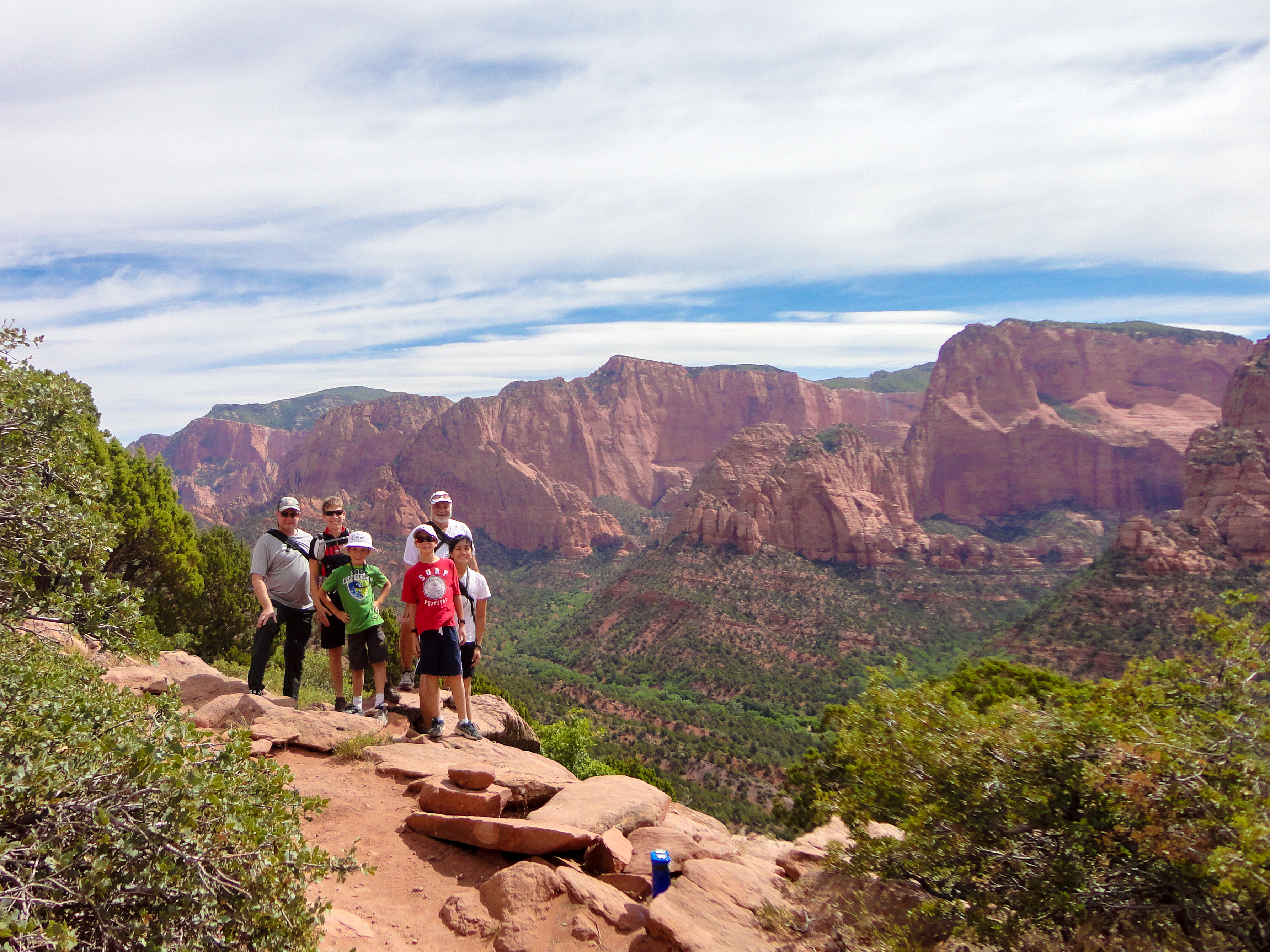







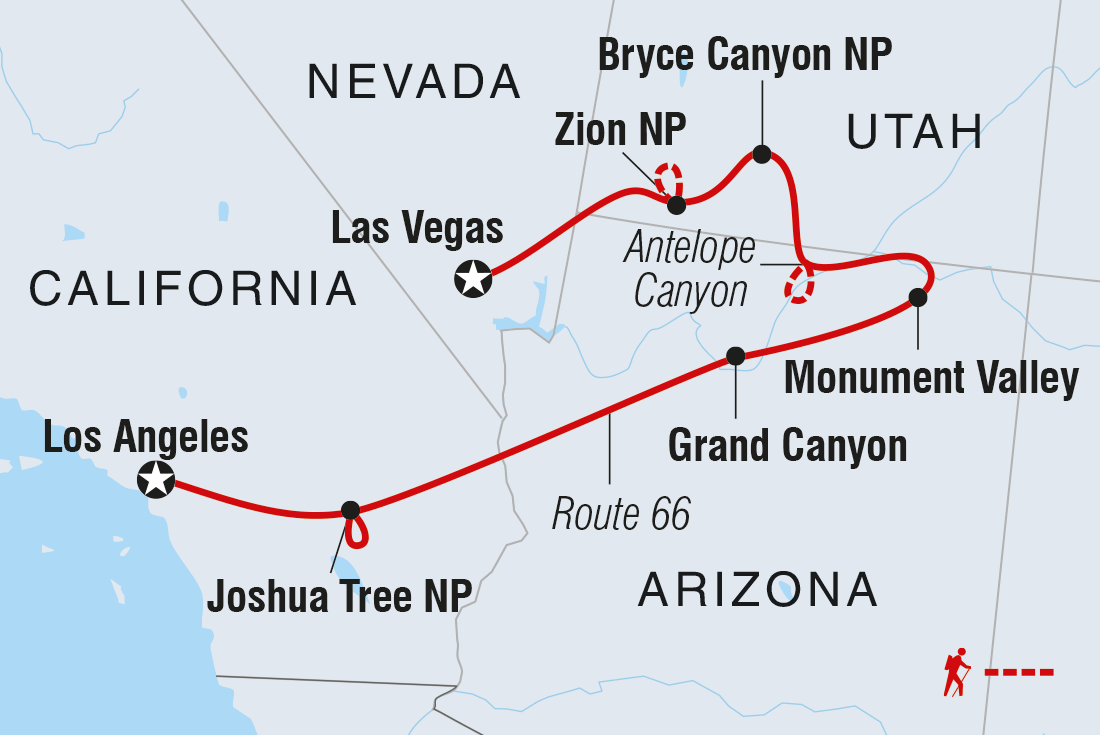
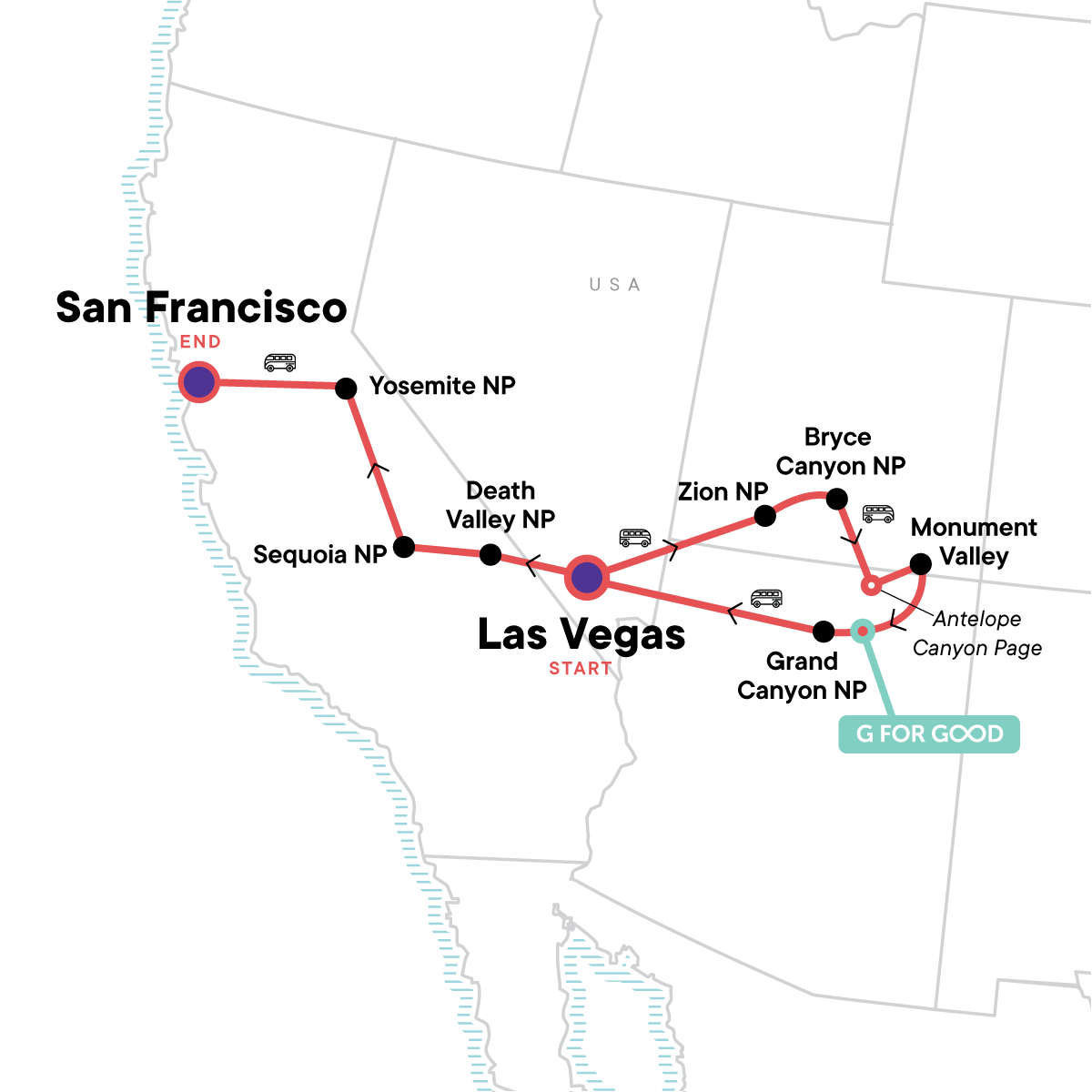
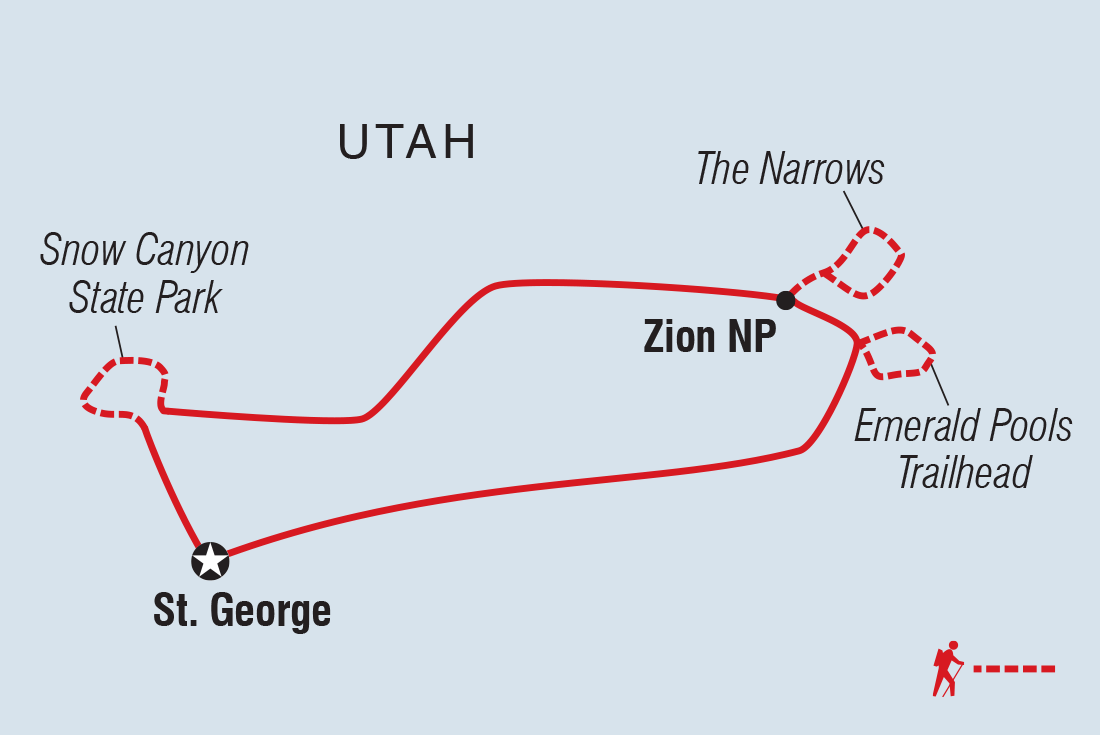
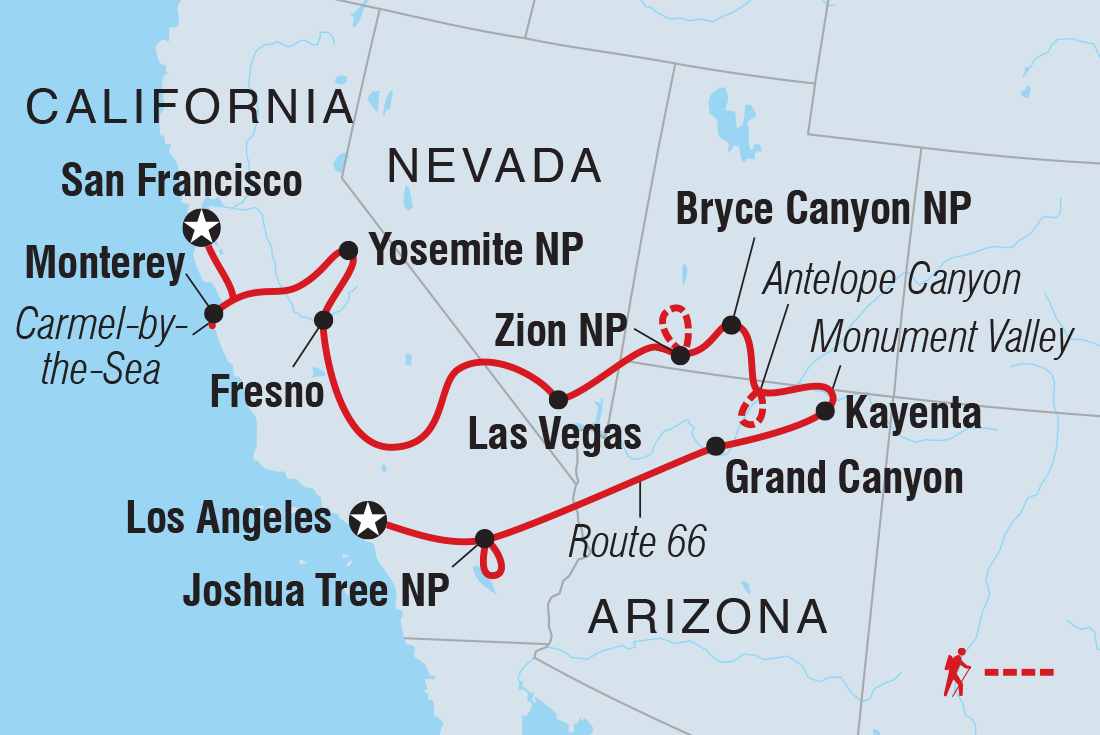






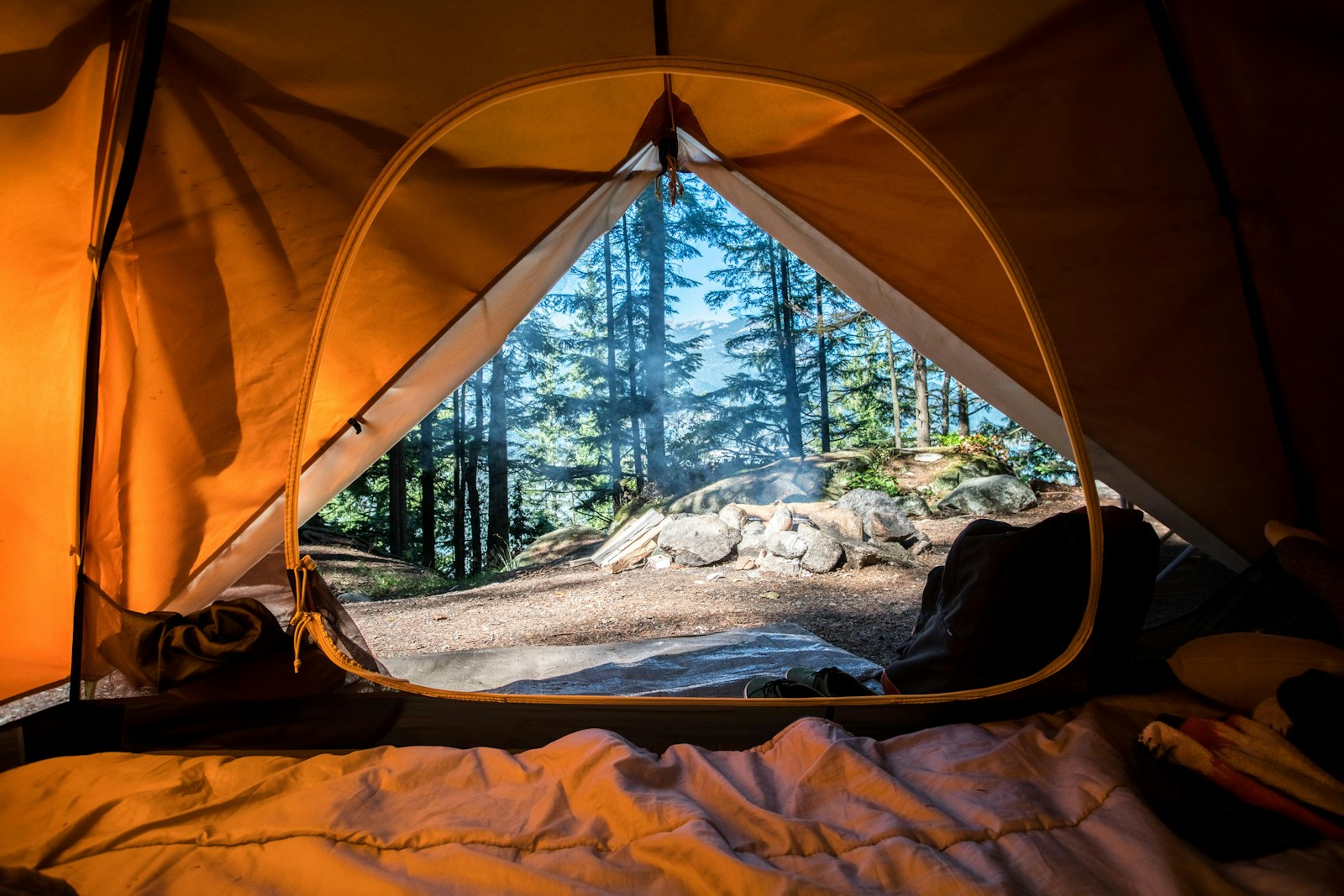
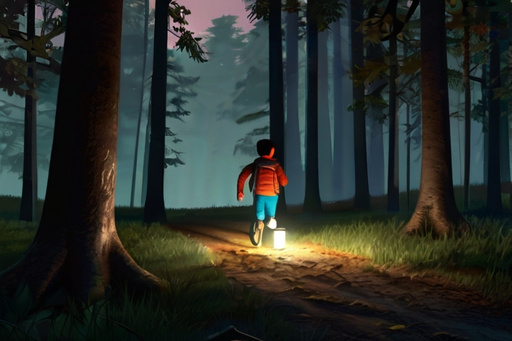

Leave a Reply